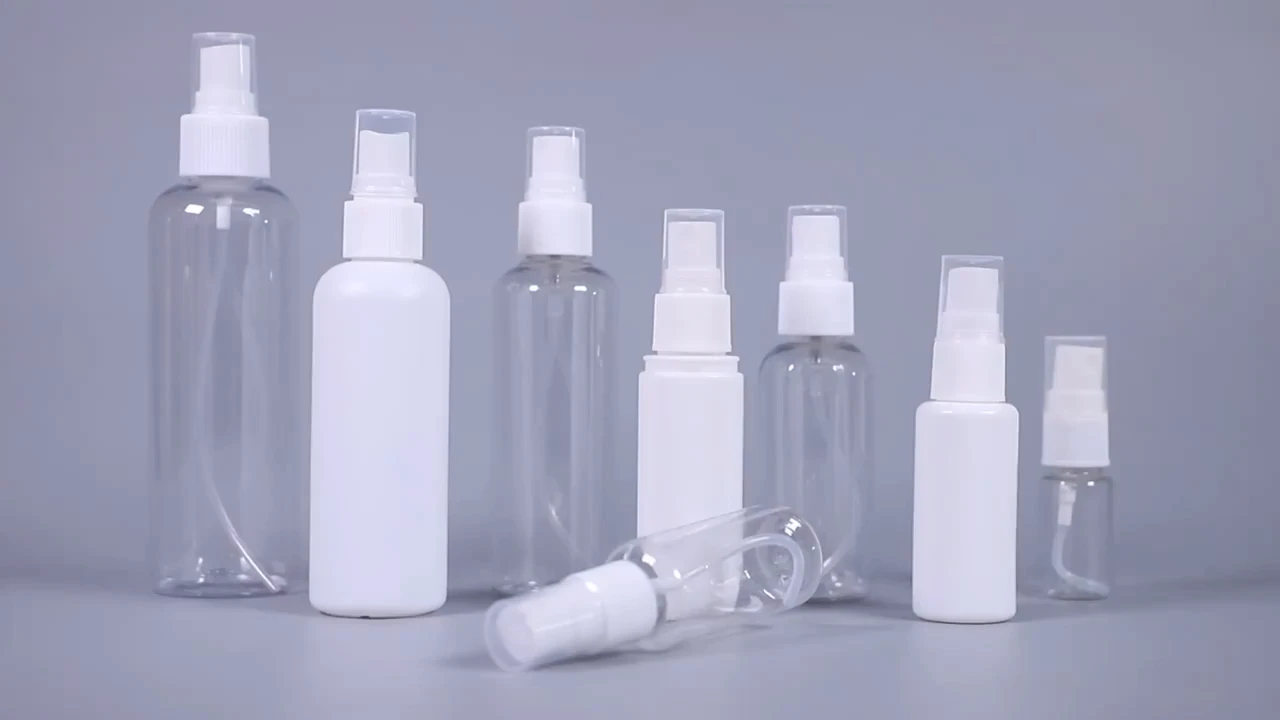Five Key Applications of Reagent Bottles in Laboratory Settings
The Versatile Uses of Reagent Bottles A Practical Guide
Reagent bottles are essential items in laboratories and various scientific fields. These glass or plastic containers are specifically designed to hold chemical reagents and samples, ensuring safe storage, handling, and transport. Beyond their primary function, reagent bottles have versatile uses that can benefit not only professional laboratories but also educational institutions, hobbyists in chemistry, and even home experiments. Here, we will explore five notable uses of reagent bottles in diverse settings.
1. Storage of Chemical Reagents
The most obvious use of reagent bottles is the storage of chemical reagents. Their design typically includes a lab-quality seal that minimizes the risk of contamination and evaporation. Reagent bottles are made from materials like borosilicate glass or high-density polyethylene, which are resistant to thermal shock and chemical erosion. This makes them ideal for storing acids, bases, solvents, and other reactive substances in a safe manner. Proper labeling of these bottles is crucial for safety and organization in any laboratory setting.
2. Sample Collection and Transportation
In many scientific studies, the collection of samples is an integral part of the research process. Reagent bottles can be utilized to collect and transport various samples, such as soil, water, or biological specimens. Their tight-sealing caps protect the samples from contamination during transport, which is particularly important in fields like environmental science and microbiology. By ensuring that samples remain uncontaminated, researchers can maintain the integrity of their findings, which is critical for accurate results.
5 uses of reagent bottle

Another vital function of reagent bottles is facilitating the preparation of solutions. In a laboratory setting, scientists often need to create specific concentrations of solutions for experiments. Reagent bottles provide a convenient means to measure and mix chemical components accurately. Graduated markings can be found on some reagent bottles, allowing for precise measurement. Moreover, when a solution is prepared, it can be stored in the same bottle, streamlining laboratory processes. This dual function of preparation and storage enhances efficiency and reduces the likelihood of errors.
4. Use in Educational Settings
Reagent bottles are also invaluable in educational institutions. Chemistry teachers use them to demonstrate various experiments and to store reactive materials safely. With proper precautions, students can engage in hands-on learning experiences by following experiments that involve mixing solutions or conducting titrations. The clarity of glass reagent bottles allows students to observe the reactions and changes that occur, fostering a deeper understanding of chemical principles. Therefore, well-equipped classrooms with reagent bottles can inspire the next generation of scientists.
5. Hobbyist and DIY Projects
Beyond professional use, reagent bottles have found a place in the hearts of hobbyists and DIY enthusiasts. Whether it’s concocting homemade cleaners, creating essential oil blends, or experimenting with dyes, these bottles serve as ideal containers due to their robust materials and resealable tops. With a little creativity, one might repurpose a reagent bottle into a stylish storage option or a unique decoration for a home lab setup. Furthermore, these bottles often come with the added benefit of being recyclable, making them a great eco-friendly choice for repurposing.
Conclusion
Reagent bottles play an indispensable role in the world of science, education, and even everyday life. Their primary purpose as storage containers for chemical reagents is just the tip of the iceberg. From sample collection and solution preparation to serving educational purposes and enabling creative projects, their versatility is evident. Whether you're a professional chemist, a student, or a curious hobbyist, understanding the diverse uses of reagent bottles can enhance your experience and ensure safety in the handling of chemicals. As we continue to explore the boundaries of science and creativity, these unassuming bottles will remain essential tools in our quest for knowledge and innovation.
-
Aesthetic Makeup Spray Bottles | Fine Mist Empty RefillableNewsAug.19,2025
-
White Plastic Veterinary Vaccine Vials | Lab Liquid BottlesNewsAug.18,2025
-
Plastic Medicine Liquid Bottle: Secure Flip Top Drug VialsNewsAug.17,2025
-
Durable 250ml Blue Plastic Vaccine Vial for Lab & Vet UseNewsAug.16,2025
-
Sterile Virus Sample Tubes: Secure & Reliable Specimen CollectionNewsAug.15,2025
-
White 250ml Plastic Vaccine Vial for Lab & Vet MedicineNewsAug.14,2025
























